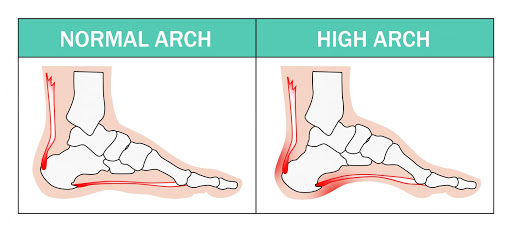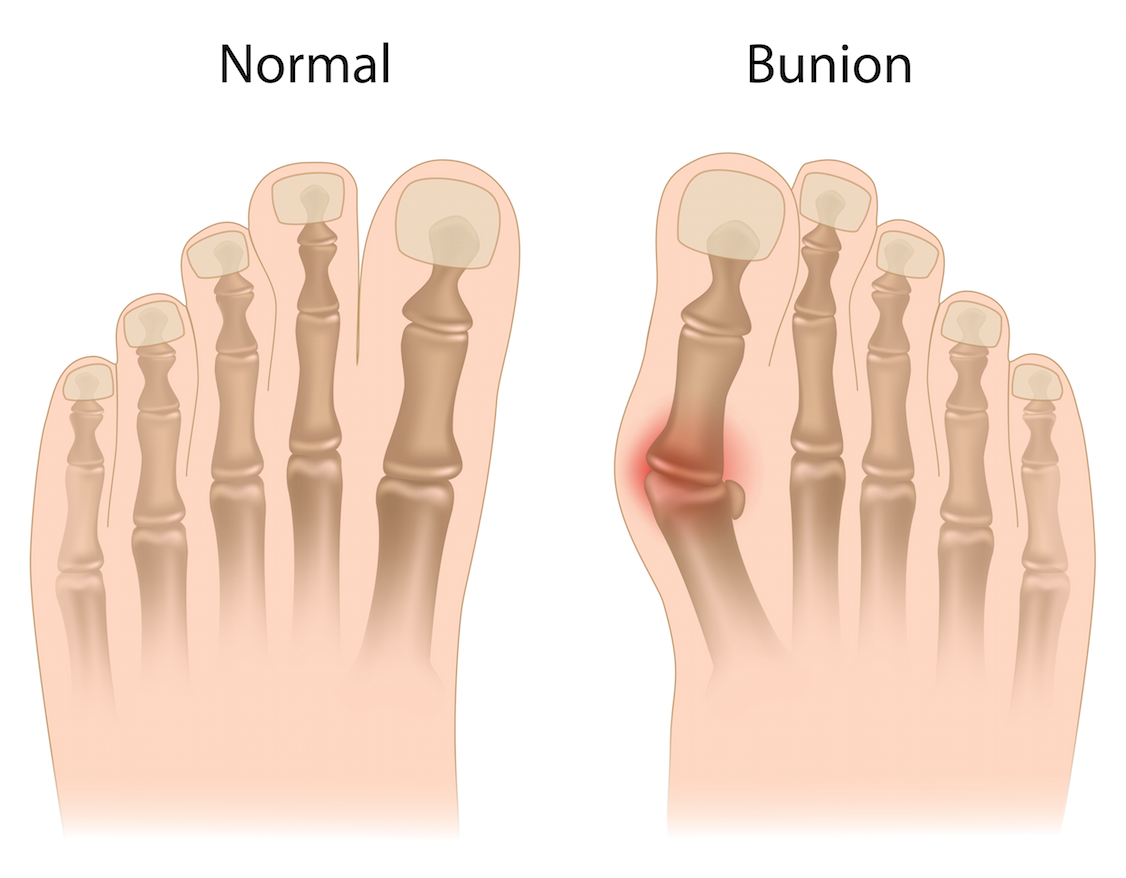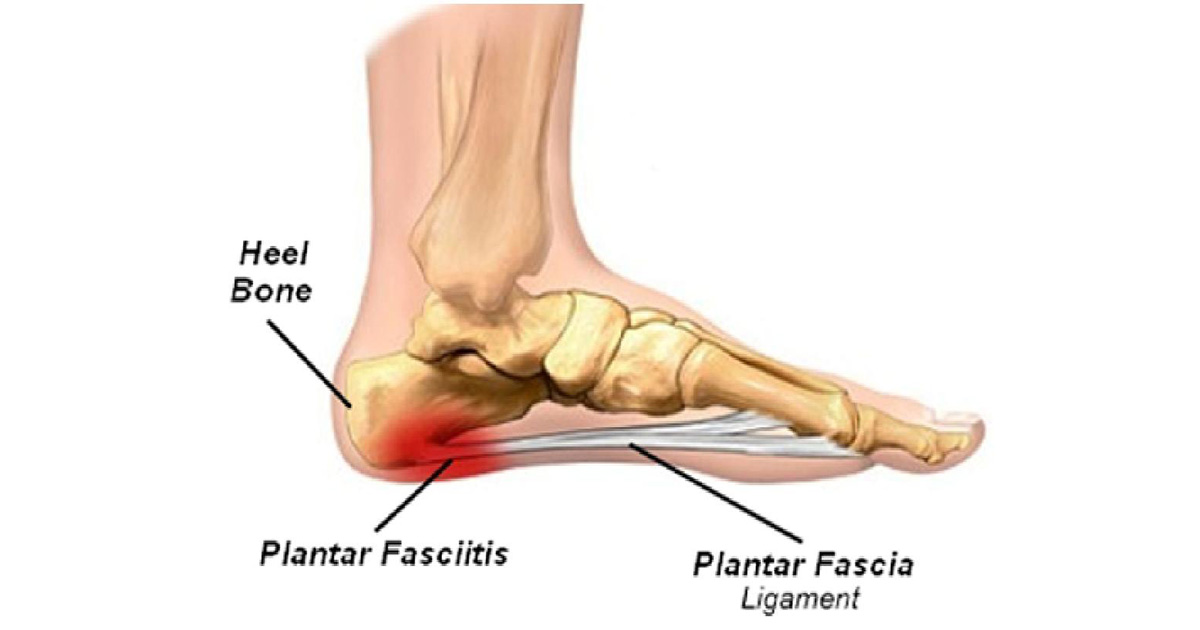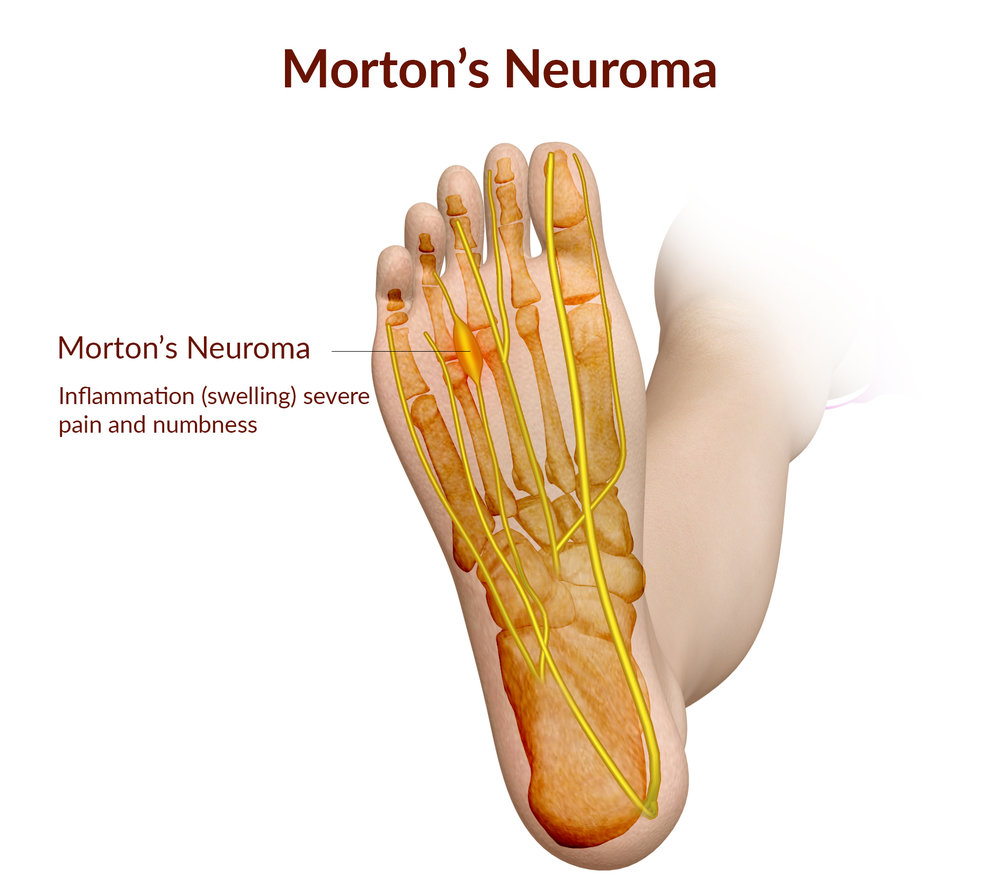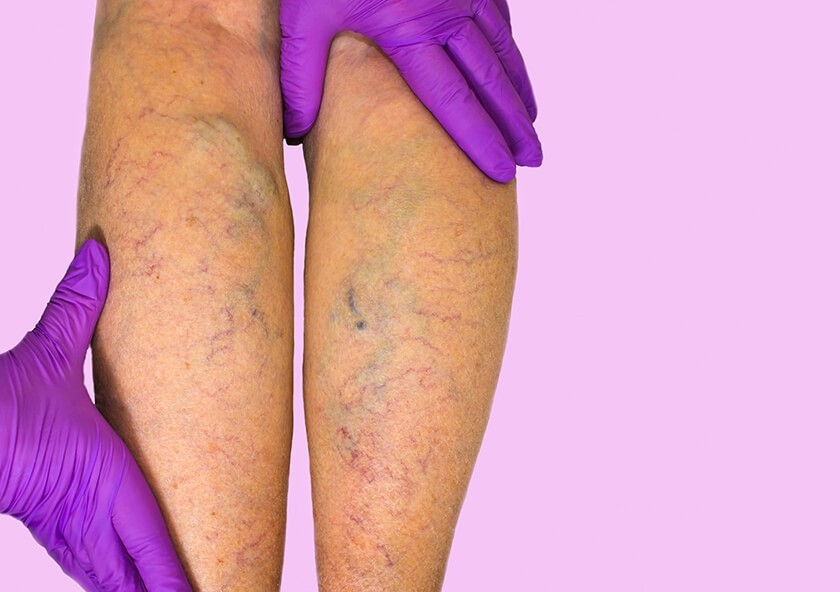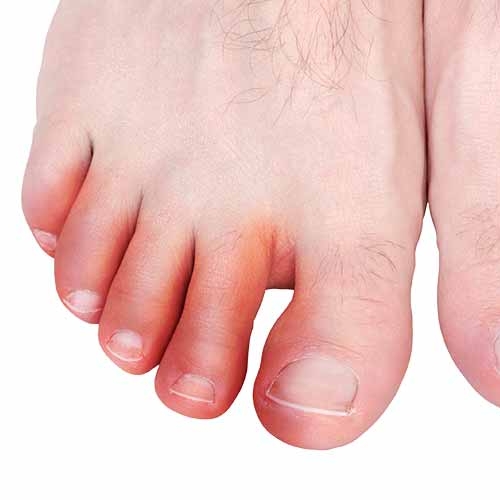Common Foot Problems
- Details
- CONDITION
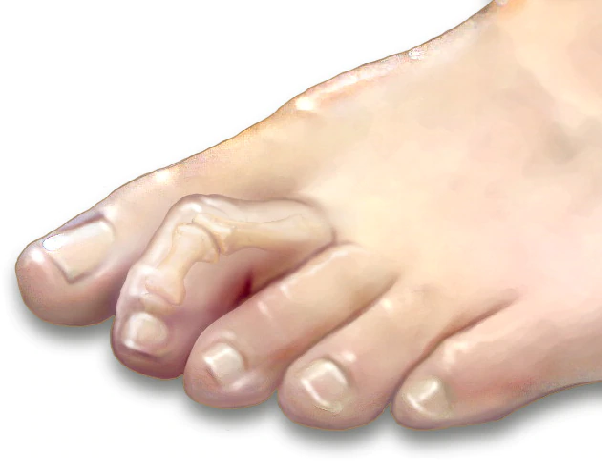 Hammer toe and mallet toe are foot deformities that occur due to an imbalance in the muscles, tendons or ligaments that normally hold the toe straight. The type of shoes you wear, foot structure, trauma and certain disease processes can contribute to the development of these deformities. A hammertoe has an abnormal bend in the middle joint of a toe. Mallet toe affects the joint nearest the toenail. Hammertoe and mallet toe usually occur in your second, third and fourth toes. Relieving the pain and pressure of hammertoe and mallet toe may involve changing your footwear and wearing shoe inserts. If you have a more severe case of hammertoe or mallet toe, you might need surgery to get relief. New text here.
Hammer toe and mallet toe are foot deformities that occur due to an imbalance in the muscles, tendons or ligaments that normally hold the toe straight. The type of shoes you wear, foot structure, trauma and certain disease processes can contribute to the development of these deformities. A hammertoe has an abnormal bend in the middle joint of a toe. Mallet toe affects the joint nearest the toenail. Hammertoe and mallet toe usually occur in your second, third and fourth toes. Relieving the pain and pressure of hammertoe and mallet toe may involve changing your footwear and wearing shoe inserts. If you have a more severe case of hammertoe or mallet toe, you might need surgery to get relief. New text here.
Products that help with Hammer toe can be found here. North Bay Foot and Ankle Clinic (mindbodyonline.com)
- Details
- CONDITION
 Pes Planus (flatfoot) is a condition in which the longitudinal arch in the foot, which runs lengthwise along the sole of the foot, has not developed normally and is lowered or flattened out. One foot or both feet may be affected.
Pes Planus (flatfoot) is a condition in which the longitudinal arch in the foot, which runs lengthwise along the sole of the foot, has not developed normally and is lowered or flattened out. One foot or both feet may be affected.
- Details
- CONDITION
Pes cavus is the presence of an abnormally high arch that can occur in either one or both feet and develop at any age. It results in significant pressure being placed on the ball or heel of the foot when walking or standing.
- Details
- CONDITION
A bunion is a bony bump that forms on the joint at the base of your big toe. It occurs when some of the bones in the front part of your foot move out of place. This causes the tip of your big toe to get pulled toward the smaller toes and forces the joint at the base of your big toe to stick out.
- Details
- CONDITION
Plantar fasciitis (PLAN-tur fas-e-I-tis) is one of the most common causes of heel pain. It involves inflammation of a thick band of tissue that runs across the bottom of your foot and connects your heel bone to your toes (plantar fascia).
Plantar fasciitis commonly causes stabbing pain that usually occurs with your first steps in the morning. As you get up and move, the pain normally decreases, but it might return after long periods of standing or when you stand up after sitting.
- Details
- CONDITION
Morton's neuroma is a painful condition that affects the ball of your foot, most commonly the area between your third and fourth toes. Morton's neuroma may feel as if you are standing on a pebble in your shoe or on a fold in your sock.
Morton's neuroma involves a thickening of the tissue around one of the nerves leading to your toes. This can cause a sharp, burning pain in the ball of your foot. Your toes also may sting, burn or feel numb.
- Details
- CONDITION
Metatarsalgia is pain in the ball of the foot. It sometimes spreads to the toes. The ball of the foot is the bottom of the foot, where the toes join the foot. While walking might be very painful, the pain is usually not a sign of a serious or permanent problem. But any pain can affect your life, so it is important that you treat it. Pain in this area can be caused by many things. For example, you may have this pain if you stand or walk a lot or wear tight shoes or high heels.
- Details
- CONDITION
Edema is swelling caused by excess fluid trapped in your body's tissues. Although edema can affect any part of your body, you may notice it more in your hands, arms, feet, ankles and legs. Swelling of the foot, ankle and leg can be severe enough to leave an indentation (pit) when you press on the area. This swelling (edema) is the result of excess fluid in your tissues.
- Details
- CONDITION
Your arteries carry blood from your heart to the rest of your body. Your veins carry blood back to the heart, and valves in the veins stop the blood from flowing backward. When your veins have trouble sending blood from your limbs back to the heart, it’s known as venous insufficiency. In this condition, blood doesn’t flow back properly to the heart, causing blood to pool in the veins in your legs.
- Details
- CONDITION
Chilblains are the painful inflammation of small blood vessels in your skin that occur in response to repeated exposure to cold but not freezing air. Also known as pernio, chilblains can cause itching, red patches, swelling and blistering on your hands and feet. Seek medical care to check for complications if the pain is unusually severe, if you suspect an infection, or if your symptoms aren't improving after one to two weeks. If the symptoms extend into the warm season, see a doctor to rule out other conditions. If you have diabetes or poor circulation, healing may be impaired. Be cautious and seek care.
